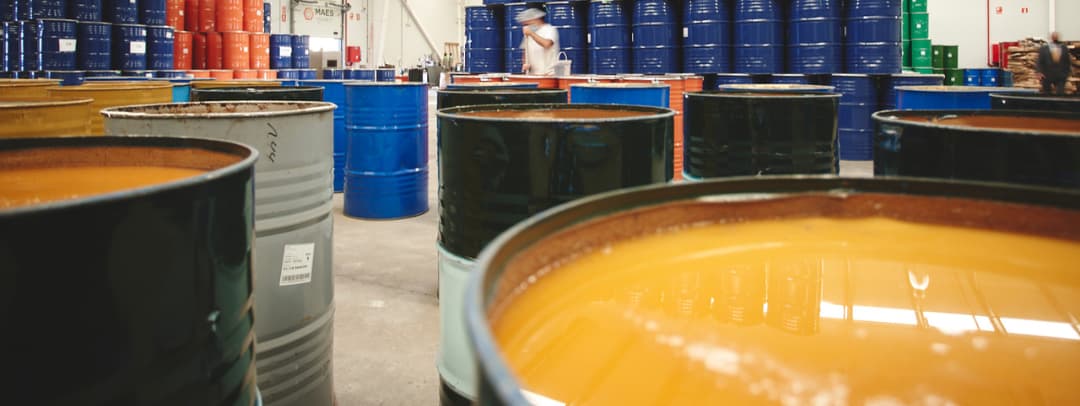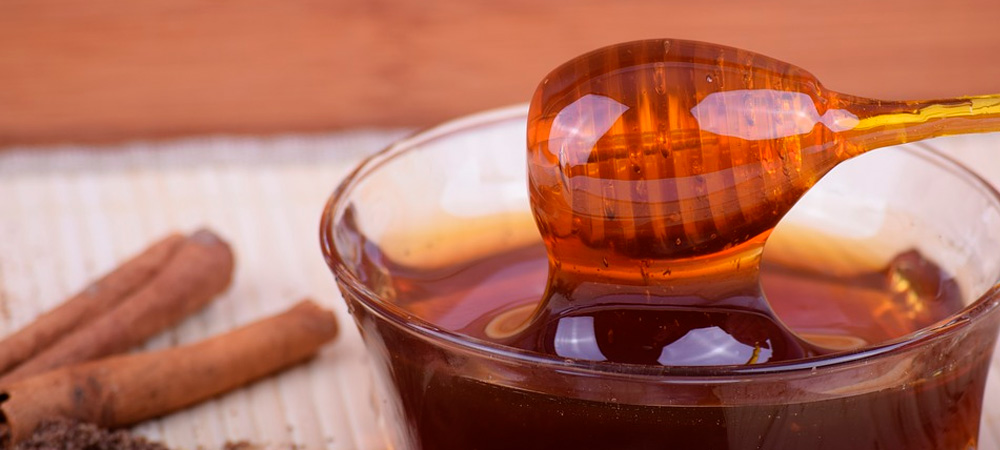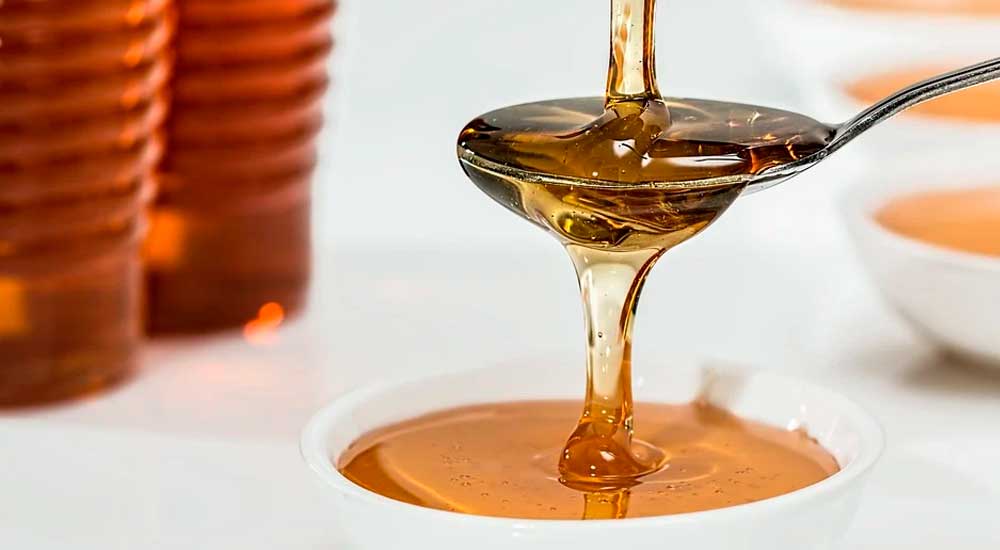A hive is the natural home of thousands of bees and a source of the sweetest honey. It is a fascinating, complex structure with a rich history.
In this blog article we will explore the hive, we will learn about its importance, origin, types and operation, and we will talk about the advantages of collecting honey from hives. We will also discuss the best practices for collecting honey from hives.
The importance of the hive
The hive is an essential part of the beekeeping process. It is the center of the bee colony and the place where honey is harvested and stored. The structure of the hive is designed to meet the needs of the bee colony and facilitate the production of honey and wax.
Honey bees are important pollinators. They play a vital role in the ecosystem by pollinating flowers and other plants. Without pollination, many plants could not reproduce and produce fruits and vegetables.
The honey produced by bees is also a valuable product. It is a natural sweetener with many health benefits. Honey has been used for centuries as a medicinal remedy for various ailments. It is also a popular sweetener for teas and other beverages.
The wax produced by bees is also a valuable product. It is used to make candles, cosmetics, and other products. The wax also serves to seal the cells of the combs and protect the hive from predators.
Origins of the Hive
The hive is an ancient structure with a long history. The first beehives were built by man in ancient Egypt.
They were made of mud and straw and were designed to protect bees from predators.
Hives have been used by beekeepers for centuries. In the 19th century, beekeepers began to use movable frame hives, which allowed them to inspect and manage the hive without disturbing the bees.
More recently, beekeepers have started using plastic or wooden hives. These hives are easier to maintain and better protect the bees. They also facilitate the collection of honey by allowing the beekeeper to inspect and manage the hive without disturbing the bees.

Benefits of hive honey
Beehive honey is a natural sweetener with many benefits. It is rich in antioxidants and has antibacterial and antifungal properties. It is also a natural cough suppressant and can help soothe a sore throat.
Hive honey is also a nutritious food. It is a good source of vitamins and minerals, such as calcium, magnesium, potassium, phosphorus, and zinc. It is also a good source of energy and can help support the immune system.
Beehive honey is also a natural remedy for various ailments. It can be used to treat digestive problems, such as indigestion and heartburn. It can also be used to relieve joint pain and treat skin problems such as acne and eczema.

Good practices for honey collection
Gathering honey is a complex process. It is important that beekeepers follow best practices to ensure harvest success.
The beekeeper should inspect the hive regularly to make sure the bees are healthy and the hive is working properly. He must also make sure that the hive is free of diseases and pests.
The beekeeper must also provide the bees with a constant supply of food. This is important so that the bees have enough energy to produce honey.
The beekeeper should also monitor the temperature and humidity of the hive. The ideal temperature and humidity for a hive is between 60-90 degrees Fahrenheit and 40-60% relative humidity.
When the beekeeper is ready to collect the honey, he must carefully remove the frames from the hive. The frames must be handled carefully so as not to damage the honeycomb.
Next, the beekeeper must extract the honey from the frames. For this, he usually uses an electric extractor, which rotates the frames and separates the honey from the wax. Next, the honey must be filtered and stored in jars.
– You may also be interested in:



